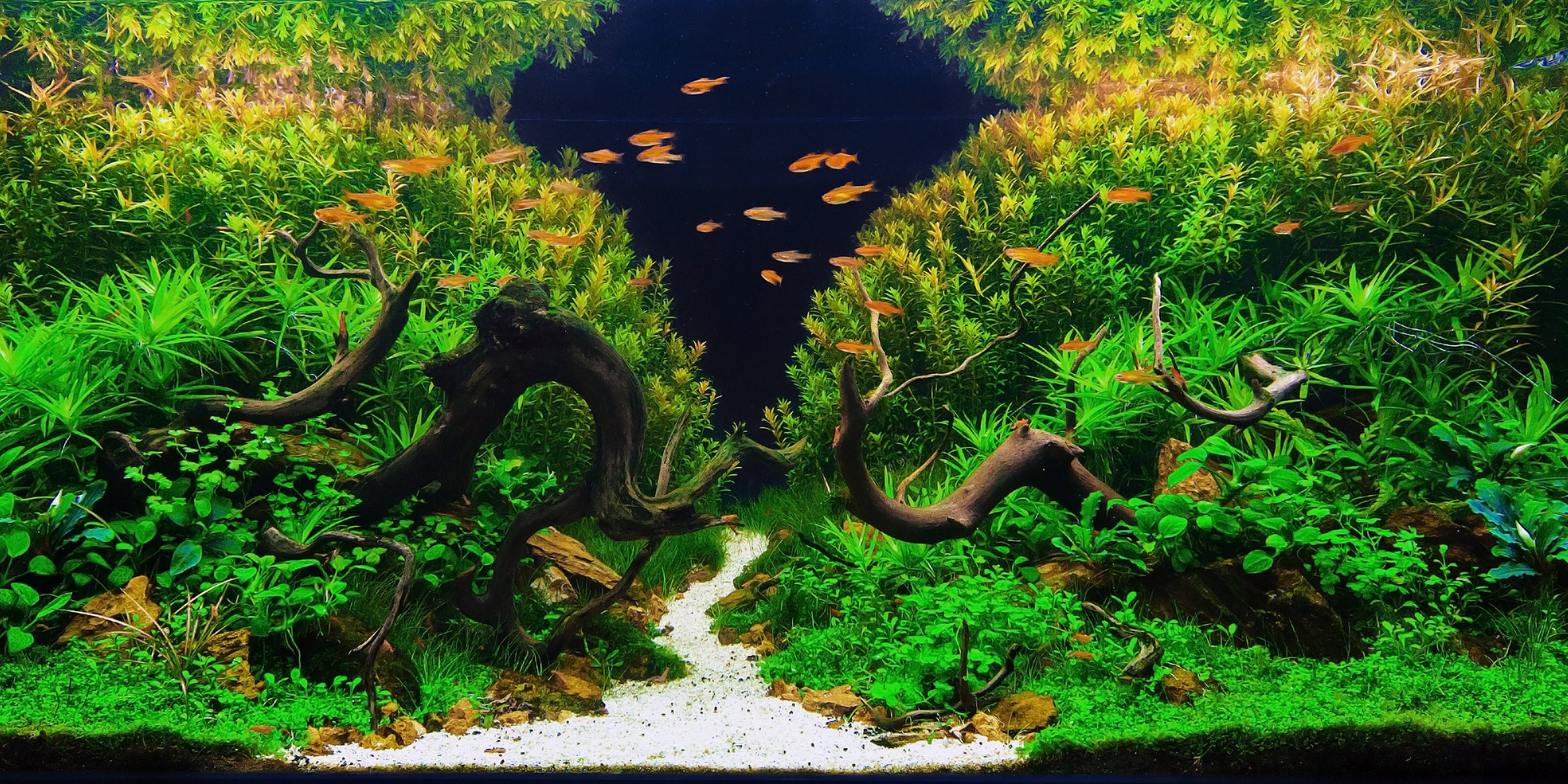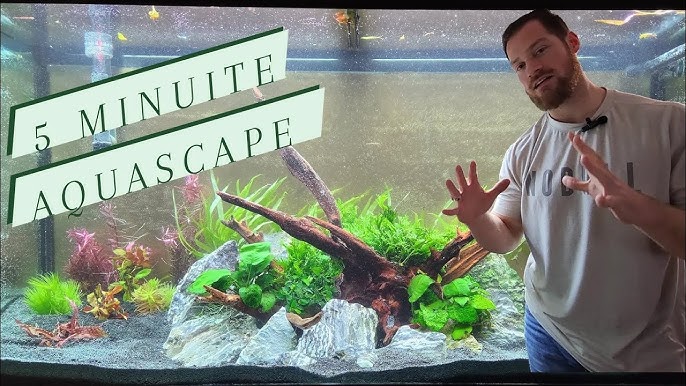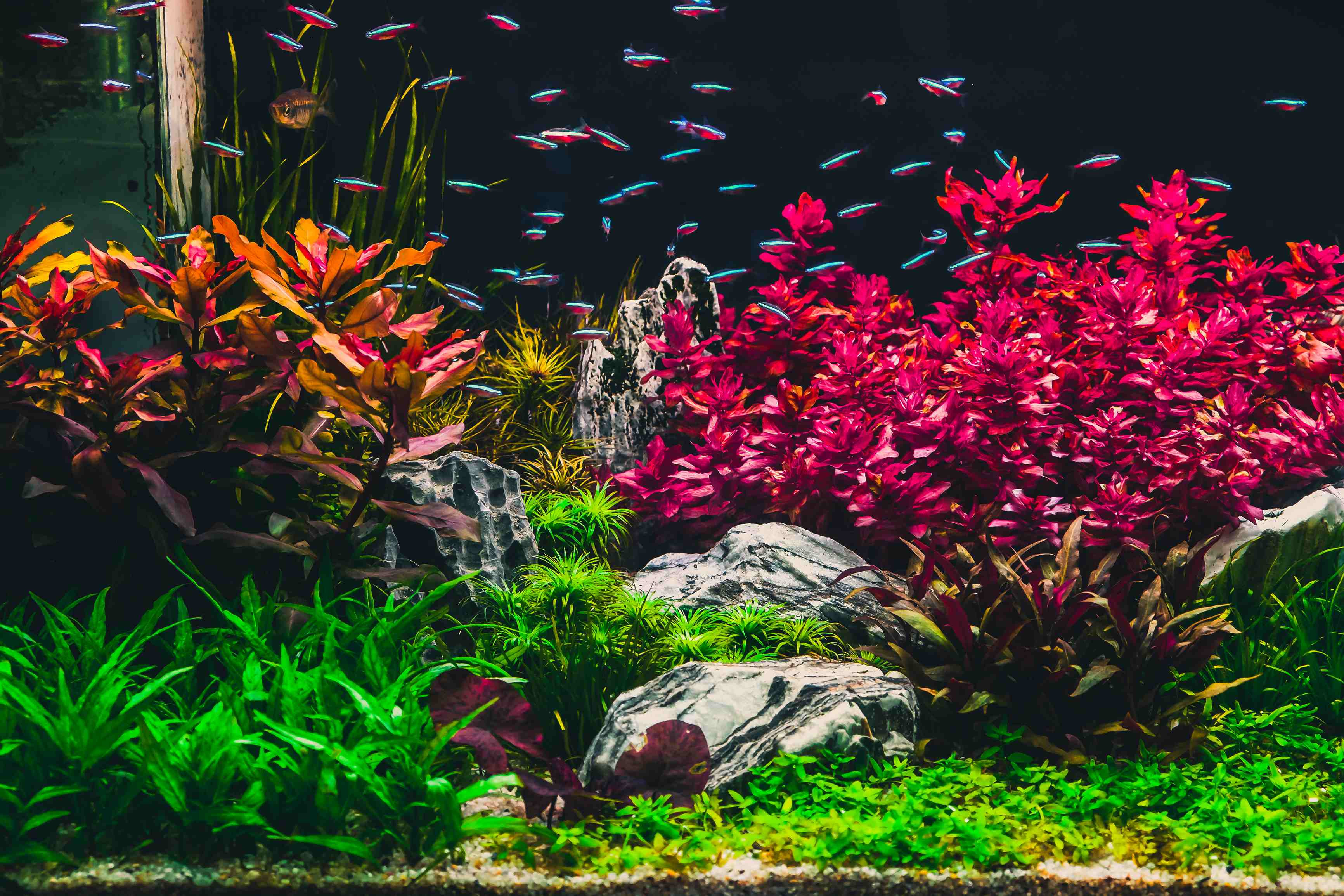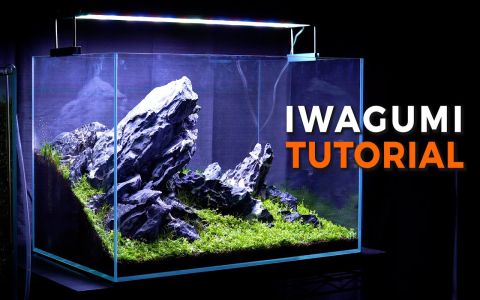Water scaping is a form of art that combines elements of nature, design, and aquatic life to create visually captivating underwater landscapes. It’s a hobby that not only brings beauty to your living space but also provides a sense of tranquility and calmness, much like a serene garden beneath the water’s surface. In this guide, we will explore the essentials of water scaping, share expert tips, and help you design a breathtaking aquatic world that will leave your guests in awe.

What is Water Scaping?
Water scaping, often referred to as aquascaping, is the art of arranging aquatic plants, rocks, substrates, and other elements in a way that mimics the natural beauty of aquatic ecosystems. Whether it’s a freshwater tank or a saltwater aquarium, water scaping allows you to build an immersive environment where the beauty of water and plants come together harmoniously.
The concept can be compared to landscaping but in an aquatic setting. Instead of planting flowers and trees, water scaping involves creating intricate arrangements of aquatic plants, driftwood, stones, and gravel. These elements are carefully positioned to create a stunning visual composition while also providing a healthy environment for fish and other aquatic creatures.
Essential Elements of Water Scaping
# 1. **Aquatic Plants**
One of the most crucial components of water scaping is the use of aquatic plants. These plants not only add aesthetic value but also help in maintaining water quality by absorbing excess nutrients and providing oxygen. There are various types of plants to choose from, including foreground plants, midground plants, and background plants. Each type serves a unique purpose in creating depth and structure within your aquascape.
For example, foreground plants like *Hemianthus Callitrichoides* or *Glossostigma Elatinoides* are perfect for creating lush carpets at the bottom of your tank. Midground plants such as *Anubias* or *Java Fern* can fill in gaps, while background plants like *Amazon Sword* or *Cryptocoryne* add height and texture.
# 2. **Hardscape Materials (Rocks, Wood, Substrate)**
The hardscape of your water scape consists of materials such as rocks, driftwood, and substrate. These elements provide structure, visual interest, and a natural habitat for aquatic life. Rocks, such as *Seiryu Stones* or *Dragon Stones*, can be stacked to create focal points or mimic the appearance of mountains or cliffs.

Driftwood is another essential component that adds organic beauty and texture to your aquascape. It also provides hiding spots for fish and can contribute to the overall balance of the ecosystem. When choosing your substrate, make sure it suits the type of plants you wish to grow. Nutrient-rich substrates promote healthy plant growth, while gravel or sand can help create a more natural-looking landscape.
# 3. **Water Conditions**
Maintaining the right water conditions is essential for both plant and animal life within your water scape. Factors such as temperature, pH, hardness, and CO2 levels can significantly affect the health of your plants and fish. Regular water changes and the use of filtration systems can help maintain these conditions.
If you are incorporating live plants, consider using CO2 injection systems, which provide the plants with the carbon they need to grow effectively. Additionally, monitor the water quality regularly to ensure that ammonia, nitrites, and nitrates are kept at safe levels.
Designing Your Water Scape
Designing a water scape requires creativity, patience, and an understanding of balance. The goal is to create an aesthetically pleasing composition that mirrors the natural world while considering the needs of aquatic life. Here are some design principles to help you create a beautiful and balanced aquascape:
– **The Rule of Thirds**: This classical design principle can also be applied to aquascaping. Divide your tank into three parts (horizontally or vertically) and place focal points, such as large rocks or plants, along the lines. This creates visual interest and balance.
– **Depth and Perspective**: To create the illusion of depth, place larger elements toward the back of the tank and smaller ones in the foreground. This makes the aquascape appear more expansive and natural.
– **Flow and Movement**: Incorporating flowing water into your aquascape can add dynamic movement. You can achieve this by carefully positioning rocks and plants to guide the flow of water, creating a sense of movement that mimics natural water bodies like streams or rivers.

Maintenance and Long-Term Care
Like any living ecosystem, your water scape requires ongoing care and attention. Regular maintenance involves trimming plants, cleaning the substrate, and monitoring water parameters. Over time, plants may need to be pruned to prevent overgrowth, and algae buildup should be removed to maintain a pristine look.
A good filtration system is also essential for long-term success. It helps keep the water clear, removes waste products, and prevents the buildup of harmful toxins.
Final Thoughts
Water scaping is a deeply rewarding and therapeutic hobby that allows you to create an enchanting underwater world right in the comfort of your home. With the right balance of plants, hardscape materials, and water conditions, you can design an aquascape that reflects your personal style and provides a thriving environment for aquatic life. Whether you’re a beginner or a seasoned aquascaper, the key to success lies in patience, creativity, and an appreciation for the beauty of nature.
Transform your aquarium into a living piece of art with these essential water scaping tips, and let the peaceful rhythm of water bring a sense of calm and wonder into your life.
















